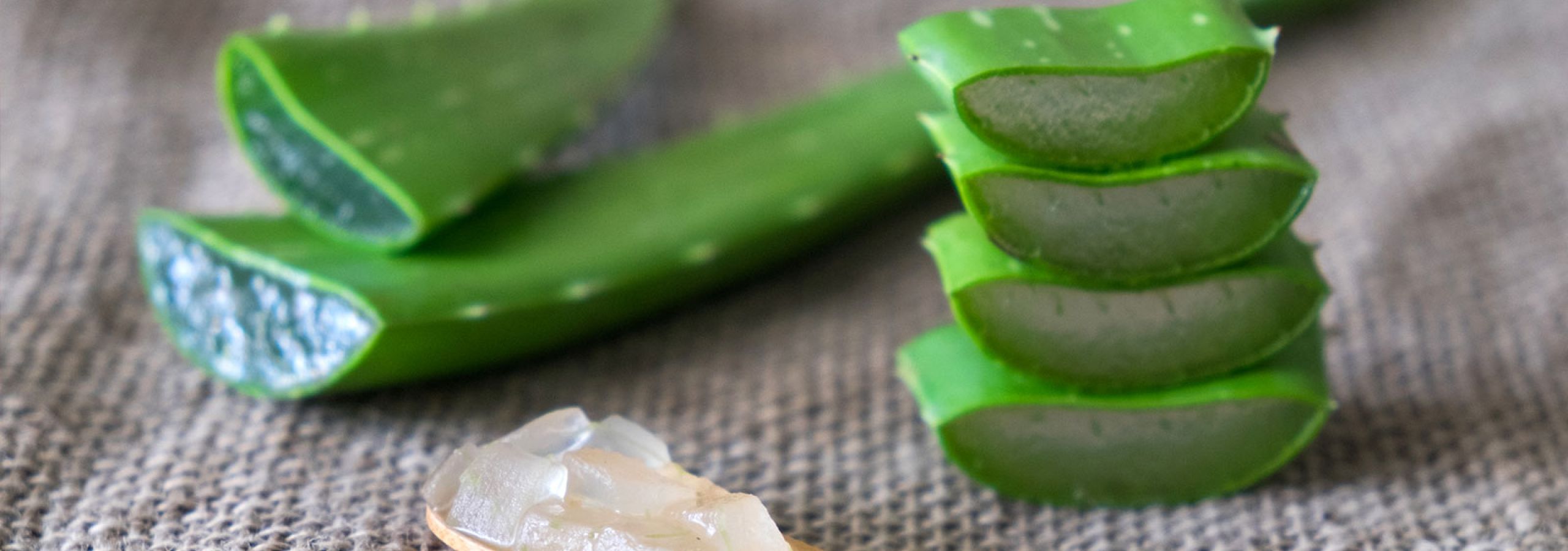
Aloe: the secret to eternal youth
Ravi Chandra
Aloe, acibar, sábila are some of the names of this succulent plant. Although in English it’s associated with bitterness, acibar comes from the sabairic arabic “acre”, and aloe from the alos greek “sal”, and in Sanskrit is called “kumari” (maiden), not only because it contains the sexual energy of a young woman but because it tones up the female sexual organs.
Although aloe is originally from Africa and the near east, today it grows virtually in every warm weathered region of the planet. The plant is formed by a rosette made out of thick and meaty leaves which come out of a short stem. Its leaves are lanceolate with a sharp apex or tip; it can survive droughts and at three years old, the gel contained in its leaves is at its maximum therapeutic and nutritional potential.
Therapeutic and aesthetic uses
Aloe, or aloe vera, its scientific name, has been used for centuries for its curative properties, especially because of its principal active component, aloin, which is used in the treatment of constipation.
The substance exuded when cutting the leaves, externally applied, is what has given aloe universal fame, because it alleviates almost every cutaneous illness, it significantly decreases wounds and it contributes to caring for the health and lushness of the biggest organ of the human body: the skin.
Aloe is invaluable for hair and skin beauty products and treatments since it contains mucilaginous substances and quercetin, which are powerful emollients and renew the epidermis’ damaged cells. It also possesses polysaccharides and vegetable hormones that stimulate and hydrate the cells.
Since aloe has so many properties, in this occasion we shall exclusively discuss the external ones.
It combats wrinkles: it stimulates collagen production, protein which maintains the skin’s elasticity, which is why if used regularly, it diminishes wrinkles and eliminates expression lines on the forehead, as well as around the eyes and mouth.
It alleviates skin irritations: it quickly calms itching and sunburn, as well as cases of psoriasis and dermatitis, helping with skin regeneration.
It stops hair loss: it stimulates collagen production, which settles hair to the scalp. Its minerals strengthen the hair making it more resistant and less brittle.
It stimulates hair growth: its enzymes rehydrate and mineralize the scalp, which makes the hair grow faster and stronger.
It stops dandruff: dandruff is formed out of plaques of dead cells and aloe’s enzymes remove them.
In addition to recognizing the aforementioned properties, Ayurveda considers aloe to be a powerful rasayana (rejuvenator) and it’s useful in cases of fever, inflammation, herpes and gynecological issues (we’ve seen that kumari, its name in Sanskrit, is specifically related to the woman). It’s the best treatment against pitta type skin diseases, such as redness, sweat, fever, infection and irritation, which increase because of heat and sun exposure.
Its multiple properties are due to its being one of the most potentiate plants: it possesses 75 active components, including vitamins, minerals, amino acids, enzymes, polysaccharides, saponin and salicylic acids. Among the vitamins we should count the antioxidants A, C and E, as well as B12, folic acid and choline. Among the enzymes, the aliasa, the alkaline phosphatase and the amylase. Among the minerals, calcium, copper, selenium, chrome, manganese, magnesium, potassium, sodium and zinc. It contains laxatives such as emodin and the aforementioned aloin, as well as for fatty acids like cholesterol, all of which have an anti-inflammatory effect. Lastly, its hormones, auxin and gibberellin, heal wounds and have anti-inflammatory properties.



